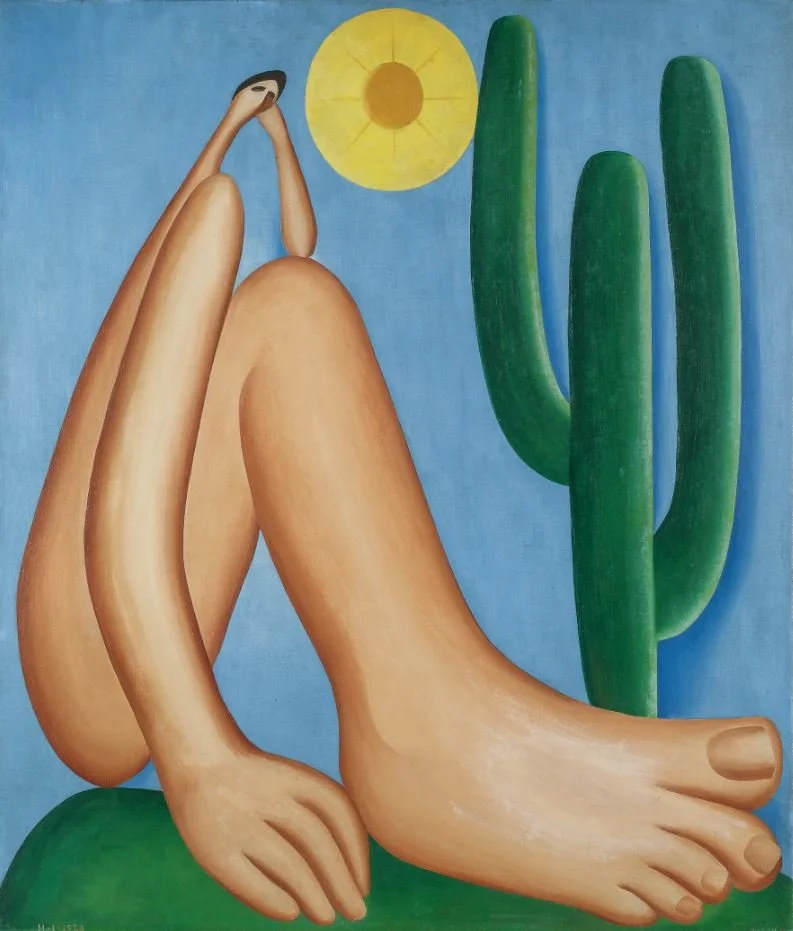Après-Coup is a not-for-profit organization established in 1987 devoted to analytical formation and the discussion of contemporary issues in psychoanalysis and culture.
An independent organization, Après-Coup has brought together researchers, scholars and psychoanalysts from Europe, Latin America and the United States and specialists from other fields in a variety of colloquia and seminars.
Après-Coup Psychoanalytic Association is Provisionally Chartered by the Board of Regents of the State of New York.
APRÈS-COUP BOOKS
Lacan and the English Language
by Jean-Pierre Cléro
Marilyn: Portrait of a Shooting Star
by Marie-Magdeleine Lessana
The Three Times of the Law
by Alain Didier-Weill








